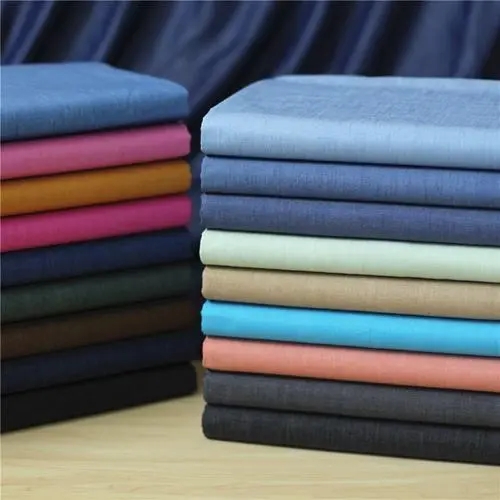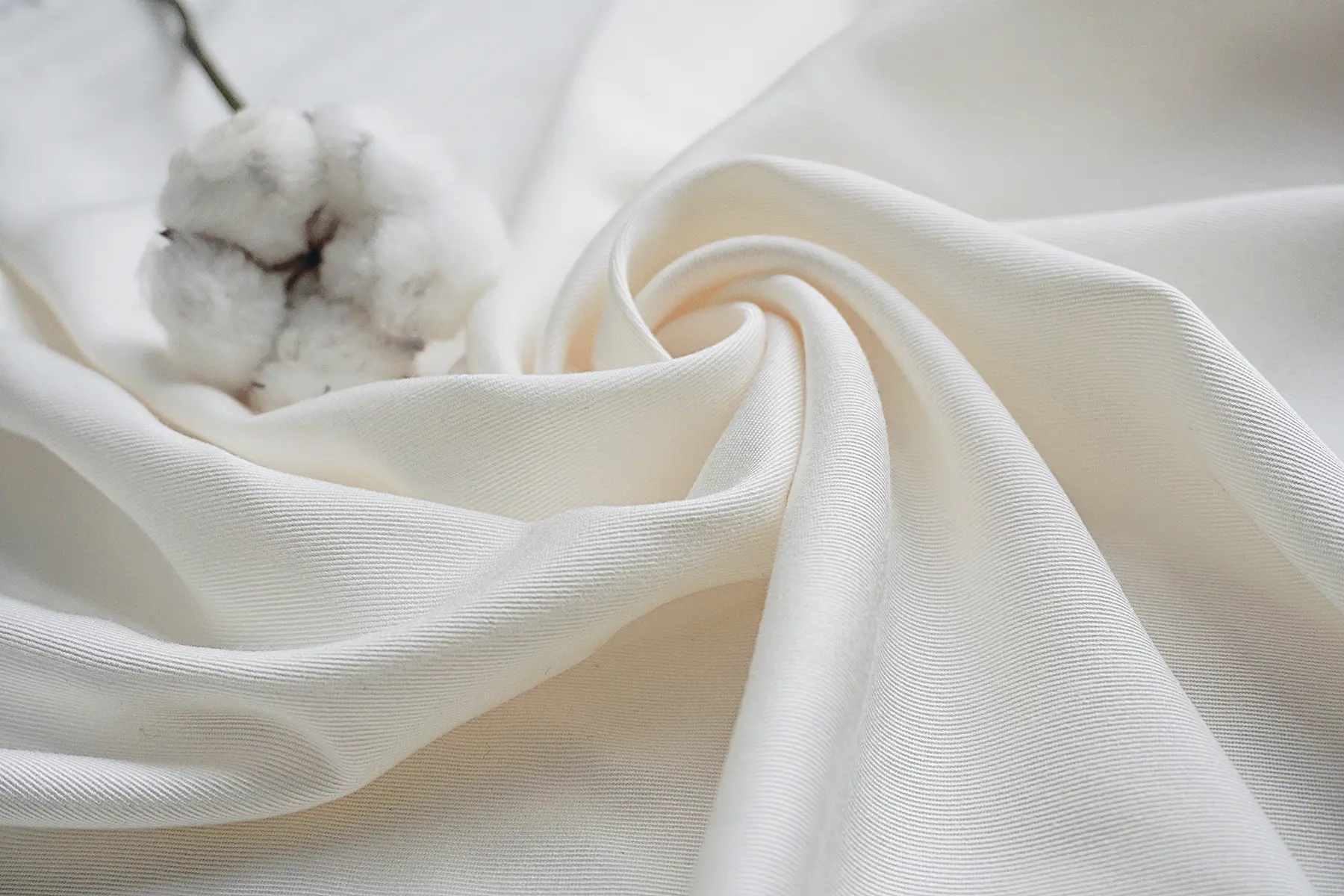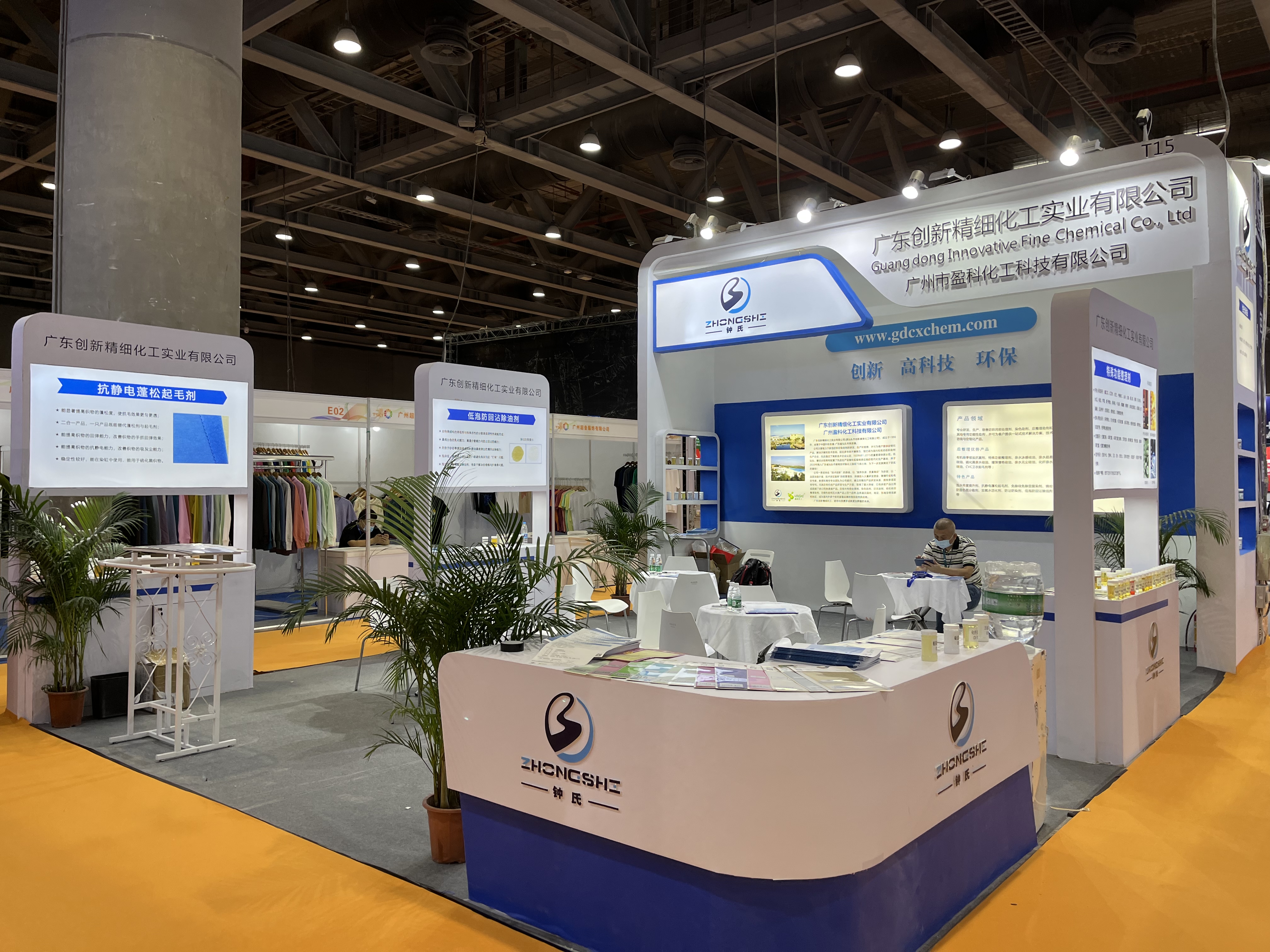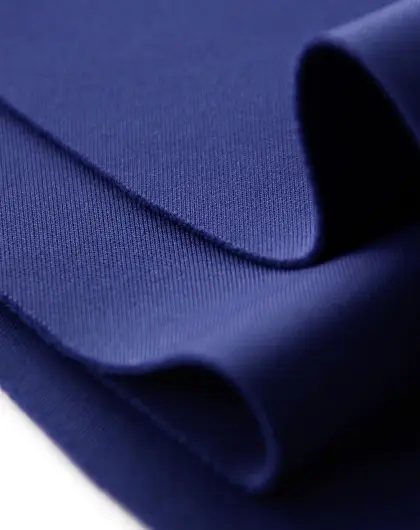-

New-type Regenerated Cellulose Fiber—-Taly Fiber
What is Taly fiber? Taly fiber is a kind of regenerated cellulose fiber with excellent properties that is produced by American Taly Company. It not only has excellent hygroscopicity and wearing comfort as the traditional cellulose fiber, but also has the unique function of natural self-cleaning a...Read more -

Are faded clothes of poor quality?
In most people’s impression, faded clothes are often equated with poor quality. But is the quality of faded clothes really bad? Let us learn about the factors that cause fading. Why do clothes fade? In general, because of different fabric material, dyes, dyeing process and washing method, ...Read more -

The Breathing Fiber——Jutecell
Jutecell is a new type of cellulose fiber developed by special technical treatment of jute and kenaf as raw materials, which overcomes the disadvantages of natural hemp fibers, as hard, thick, short and itchy to skin and keeps the original characteristics of natural hemp fibers, as hygroscopic, b...Read more -

The Commonly Used Six Enzymes in Printing and Dyeing Industry
So far, in the textile printing and dyeing, cellulase, amylase, pectinase, lipase, peroxidase and laccase/ glucose oxidase are the six major enzymes frequently used. 1.Cellulase Cellulase (β-1, 4-glucan-4-glucan hydrolase) is a group of enzymes that degrade cellulose to produce glucose. It is not...Read more -

Categories and Application of Cellulase
Cellulase (β-1, 4-glucan-4-glucan hydrolase) is a group of enzymes that degrade cellulose to produce glucose. It is not a single enzyme, but a synergistic multi-component enzyme system, which is a complex enzyme. It is mainly composed of excised β-glucanase, endoexcised β-glucanase and β -glucosi...Read more -

Test Method for Performance of Softeners
To choose a softener , it is not about the hand feeling only. But there are many indicators to test. 1.Stability to alkali Softener: x% Na2CO3: 5/10/15 g/L 35℃×20min Observe whether there is precipitation and floating oil. If no, the stability to alkali is better. 2.Stability to high temperature ...Read more -

The History of Development of Textile Silicone Oil
Organic silicone softener originated in the 1950s. And its development has gone through four stages. 1.The first generation of silicone softener In 1940, people began to use dimethyldichlorosilance to impregnate fabric and gained some kind of waterproofing effect. In 1945, Elliott of American Ge...Read more -

Ten Kinds of Finishing Process, Do You Know about Them?
Concept Finishing process is the technical treatment method to impart fabrics color effect, shape effect smooth, napping and stiff, etc.) and practical effect (impervious to water, non-felting, non-ironing, anti-moth and fire-resistant, etc.). Textile finishing is a process of improving the appea...Read more -

Attending 2022 International Textile Supply China Industry expo (TSCI)
From July 15th to 17th, the 2022 International Textile Supply China Industry expo (TSCI) was successfully held in Guangzhou Poly World Trade Center. Guangdong Innovative Fine Chemical Co., Ltd. team attended the exhibition with the featured products. ★ Silicone Softener (Hydrophilic, Deepening ...Read more -

What is a surfactant?
Surfactant Surfactant is a kind of organic compound. Their properties are very characteristic. And application is very flexible and extensive. They have great practical value. Surfactants have already been used as dozens of functional reagents in daily life and many industrial and agricultural pr...Read more -

About Deepening Agent
What is deepening agent?Deepening agent is a kind of auxiliary that is used for fabrics of polyester and cotton, etc. to improve the surface dyeing depth. 1.The principle of fabric deepening For some dyed or printed fabrics, if light reflection and diffusion on their surface is strong, the amoun...Read more -

About Color Fastness
1.Dyeing Depth Generally, the darker the color is, the lower the fastness to washing and rubbing is. Generally, the lighter the color is, the lower the fastness to sunlight and chlorine bleaching. 2. Is color fastness to chlorine bleaching of all vat dyes good? For cellulose fibers that require...Read more













